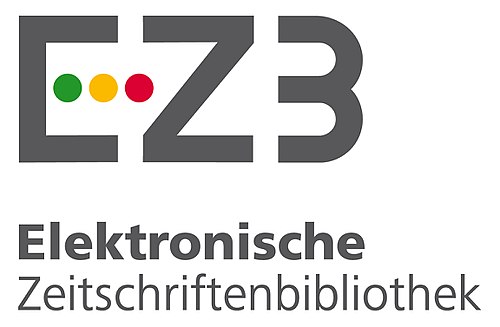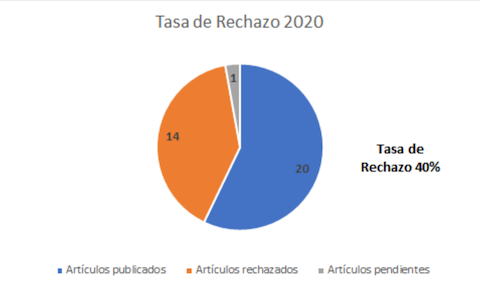Development of a methodology for calculating levels of pollutant emissions in alternative internal combustion engines
DOI:
https://doi.org/10.18667/cienciaypoderaereo.586Keywords:
Otto Cycle, Diesel Cycle, Nitrogen Dioxide, Particulate Material, Alternative Internal Combustion Engine, Nitrogen OxideAbstract
This article presents a procedure that allows to theoretically and preliminarily calculate the levels of pollutants produced by any type of alternative internal combustion engine in order to reduce the costs and resources that brings an experimental test for the same purpose. The main objective of this study is to present the calculation of the levels of carbon dioxide, nitrogen oxides, and particulate material with an aerodynamic diameter of 2.5 micrometers, based on the geometrical and operation parameters of alternative internal combustion engines (MCIA), which are used in aircrafts and land vehicles. First of all, some of the previous investigations that were performed are presented, which are taken as a starting point to calculate the polluting emissions. Subsequently, the development carried out to find the braking power is shown, which value provides an important contribution when finding the levels of pollutants. Then, the results obtained are shown, which are compared to experimental test results to determine the reliability of the methodology through an analysis of variance –ANOVA. Finally, conclusions are presented.
Downloads
References
Australian Government. (2009). Second national in-service emissions study (NISE2) light duty petrol vehicle emissions testing. Orbital Australia PTY LTD.
Botta, D., Brusconi, M., Pokolenko, S., y Vera de la Cruz, A. (2011).Efecto de la relación biela-manivela en el comportamiento del motor de ciclo Otto. Facultad de Ingeniería, Universidad Nacional de la Plata.
Cengel, Y., y Boles, M. (2012). Termodinámica. México: McGraw-Hill. Department of Enviroment, W. H. (2008). Emission Estimation Technique for Combustion Engines.
Díaz, L. L. (2002). Estimación de factores de emisión para vehículos automotores de gasolina. México: Universidad Autónoma Metropolitana de Azcapotzalco.
Fygueroa, S. S., y Araque, M. J. (2005). El proceso de combustión en motores de combustión interna. Mérida: Editorial Venezolana.
Gupta, H. (2013). Fundamentals of internal combuation enginies. Delhi: Eastern Economy Edition.
Hongwei, Y., Jin, Y., y Baocheng, Z. (2015). Analysis of the influences of piston crankshaft offset on piston secondary movements. The Open Mechanical Engeneering Journal, 5.
https://doi.org/10.2174/1874155X01509010933
James, A. U. (2007). A study of the emissions from Diesel vehicles operating in Istanbul, Turkey. Estambul.
Kates, E., y Luck, W. (1981). Motores Diesel y de gas de alta compresión. Chicago: Reverté S. A.
National Pollulant Inventory. (2000). Emission estimation technique manual for aggregated emissions from motor vehicles. Australia.
National Pollulant Inventory. (2008). Emission estimation technique manual for combustion engines. Australia.
Payri, F., y Desantes, J. (2011). Motores de combustión interna alternativos. Editorial Reverté.
Salazar, F. (1998). Internal combustion engines. Notre Dame.
Salinas, J. (1998). Problemas de análisis de datos. Universidad de Granada. Recuperado de http://www.ugr.es/~jsalinas/we-proble/T14res.PDF
Sanz, D. (2017).¿Dónde hay más probabilidades de morir por exceso de contaminación? Recuperado de https://stbdeacero.com/2013/09/24/donde-hay-mas-probabilidades-de-morir-por-exceso-de-contaminacion/
Tsuchiya, K., & Nagashima, K. (2002). A calulation method for indicated mean effective pressure based on harmonic analysis of pressure waveform. Meiji.
Downloads
Published
Issue
Section
License
Assignment of Copyrights
Authors assign Ciencia y Poder Aéreo journal the exclusive rights (reproduction, distribution, public communication, and transformation) to exploit and commercialize their work, in whole or in part, in all the formats and modalities of present or future exploitation, in all languages, throughout the life of the work and throughout the world.
All contents published in Ciencia y Poder Aéreo journal are licensed under a Creative Commons Attribution 4.0 International License, whose complete information is available at http://creativecommons.org/licenses/by/4.0/
Under the terms of this license, users are free to download, print, extract, archive, distribute and publicly communicate the content of articles, provided that proper credit is granted to authors and Ciencia y Poder Aéreo, scientific journal of the Graduate School of the Colombian Air Force. Except when otherwise indicated, this site and its contents are licensed under a Creative Commons Attribution 4.0 International License.
For other uses not considered under this license it is required to contact the Director or the Editor of the journal at the e-mail address cienciaypoderaereo1@gmail.com.
The Graduate School of the Colombian Air Force and this publication are not responsible for the concepts expressed in the articles, including the metadata or the affiliation stated by authors. This is the full responsibility of the authors.






















